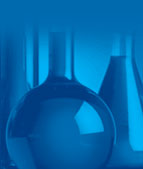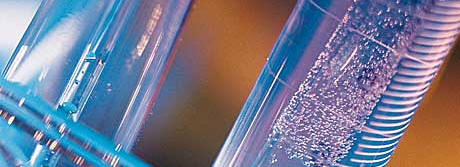
|
Eugene Dakin Ph.D., P.Chem Professional Chemist |
|
|
|
|
Cleaning Chemistry One of the strongest industrial areas that involves chemistry is the area of cleaning. Any time that cleaning, sanitizing, paint removal, de-inking cleaners, paint removal is required, there is a good chance that chemicals are involved. Cleaning chemistry requires a very high degree of practical and theoretical knowledge about surfactants. Good examples of cleaning chemistry are: 1) dry cleaning, 2) hand soap, 3) hair cleaners, 4) moisturizers, 5) beautifying agents (lipstick, mascara, etc), 6) automotive cleaners 7) paint removal, 8) metal preparation for paint, 9) dye removal and more. A good example of cleaning chemistry is with a bar of common hand soap. Lets say that your hands get dirty with motor oil. You walk over to the sink and turn on the water in an attempt to remove the oil from your hands. You vigorously rub your hands together, but almost no oil is removed from your hands. This same exercise is repeated with the addition of soap. Voila, your hands are now clean! How did the soap clean your hands? Most people understand that oil and water do not mix. Soap enables the oil and water to mix so that the oil can be removed from your hands. This phenomenon can be explained chemically in this manner. Each molecule of soap has a hydrophillic (water-attracting) end and a hydrophobic (water-repelling) chain. The hydrophillic end attracts water, and the hydrophobic end attracts oil to form micelles of oil. These micelles formed an oil-in-water emulsion which are then removed via the drain.
|
|
| © 2006 - Eugene Dakin -
|
